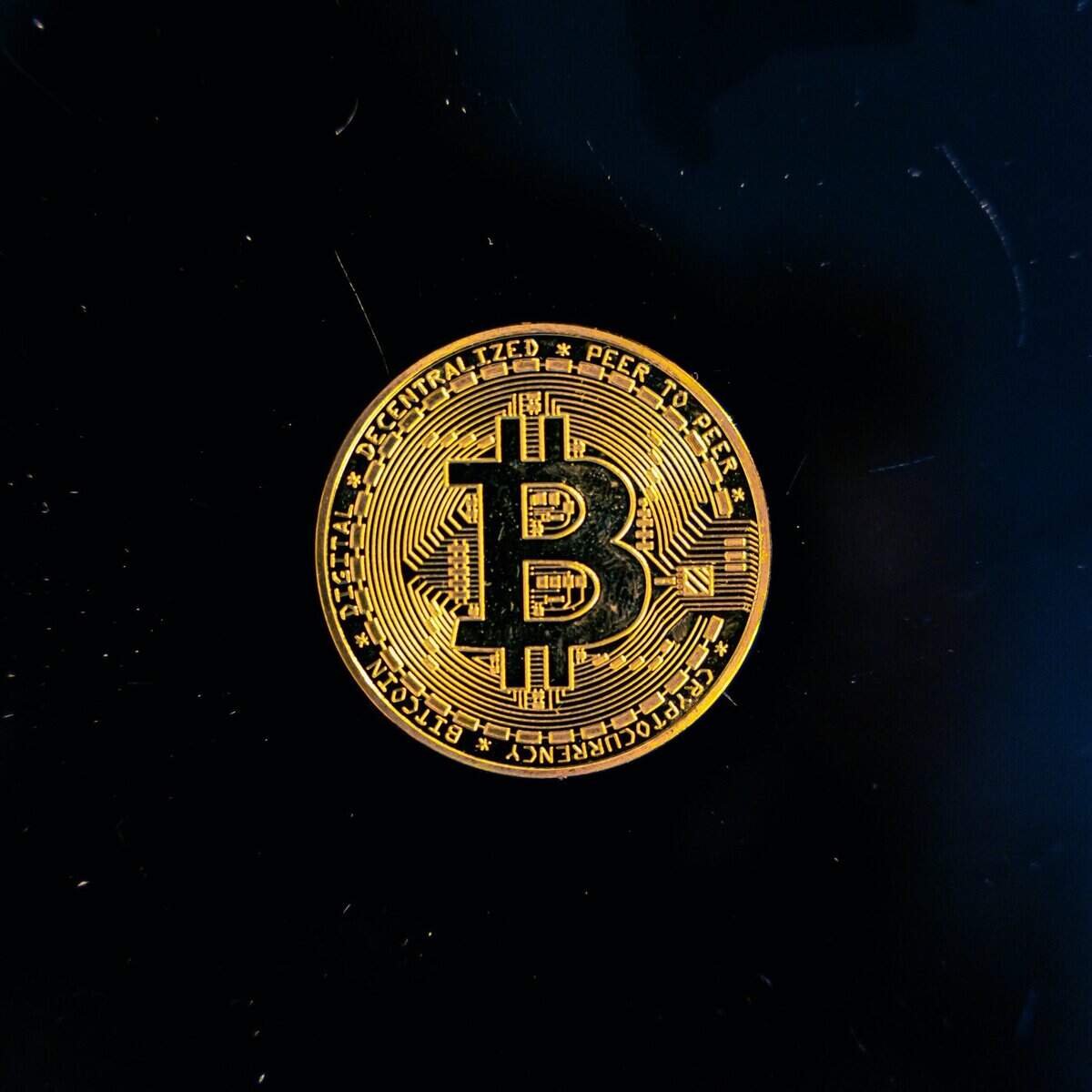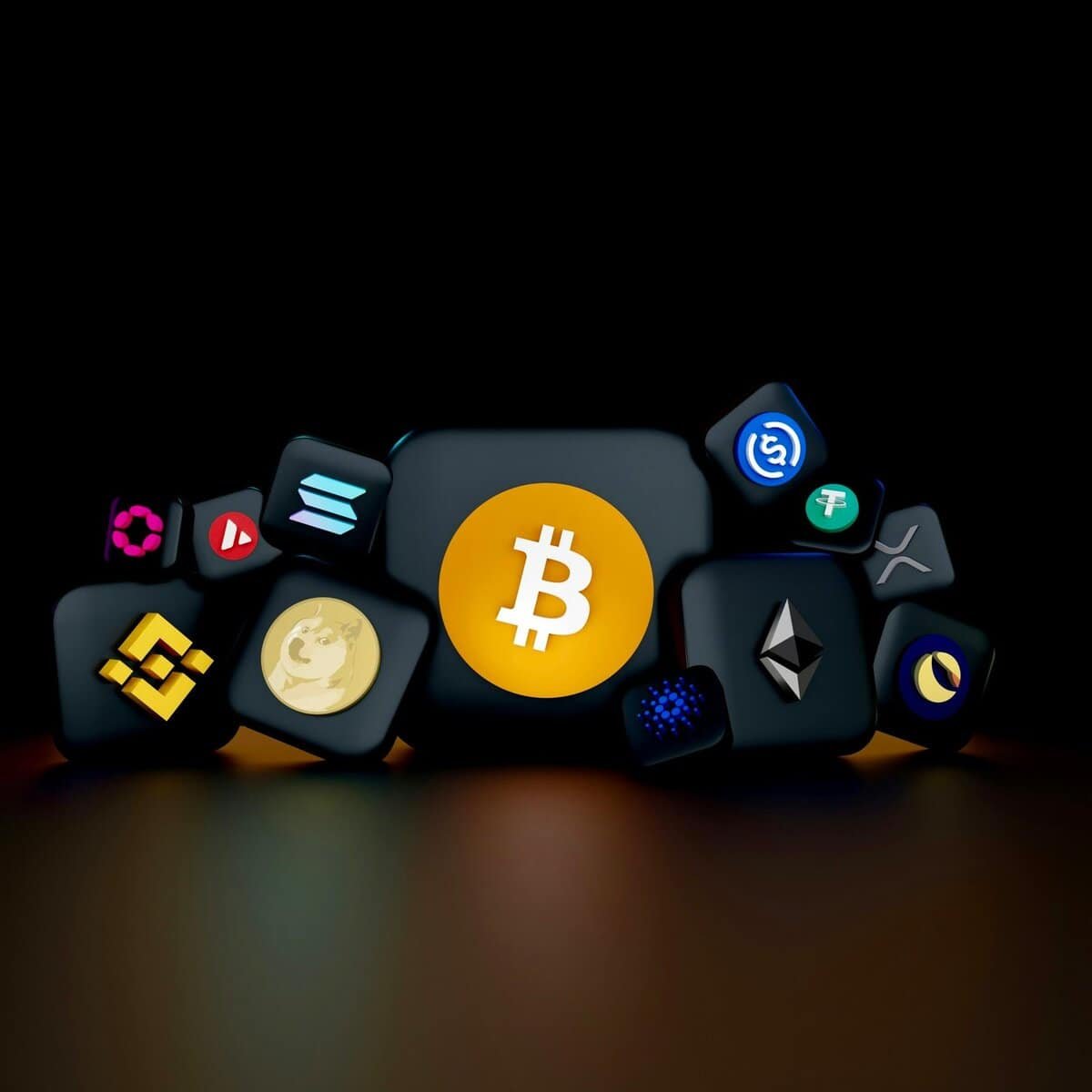Have you ever wondered how the thrilling world of gaming intersects with the innovative realm of finance? If so, you’re about to embark on a fascinating journey into the universe of GameFi—an intriguing fusion that’s reshaping the way we perceive both entertainment and investment. Picture a world where your in-game achievements and virtual possessions can transcend the digital divide and hold real value in the physical world. This is the promise of GameFi, and it’s expanding the horizons of what gaming and finance can achieve together.
Understanding GameFi: A New Era in Gaming and Finance
GameFi, short for ‘Game Finance,’ is a concept that’s been gaining traction, especially in the modern landscape of blockchain technology. Simply put, GameFi combines the elements of gaming with decentralized finance (DeFi) to create a unique blend that appeals to gamers and investors alike. At its core, GameFi leverages blockchain technology, cryptocurrencies, and non-fungible tokens (NFTs) to introduce new dynamic ecosystems within digital games.
The Genesis of GameFi
The concept originated as a byproduct of the burgeoning DeFi movement, which sought to democratize finance through blockchain technology. As developers explored these decentralized frameworks, the potential for gamification within these platforms became apparent. GameFi capitalized on this curiosity by integrating economic incentives within gaming environments, creating a bridge between these two vastly different universes.
How Does GameFi Work?
In GameFi, in-game items become tokenized assets that users can buy, sell, or trade. This commodification adds an economic layer to gaming, turning it into a potential revenue stream. Within this framework, players can earn rewards through play-to-earn models, purchase in-game assets that hold real-world value, or invest in game-related economies.
Here’s an example framework of how a typical GameFi model operates:
| Element | Description |
|---|---|
| Blockchain | Provides the underlying technology for secure transactions and ownership. |
| Cryptocurrency | Used within the game as transactional currency enabling real-world conversions. |
| NFTs | Represent unique, in-game assets like characters or virtual land. |
The Core Components of GameFi
Breaking down the constituent parts of GameFi can help you better understand its potential and how it functions within and beyond the gaming landscape.
Blockchain Technology
GameFi is fundamentally supported by blockchain technology, a decentralized digital ledger that ensures transparency and security. Blockchain’s role in GameFi is crucial as it ensures players truly own their in-game assets, securing them from duplication, theft, or fraud.
Cryptocurrencies
Currencies within GameFi are usually cryptocurrencies tied to a specific game or platform. Similar to tokens used in traditional arcade systems, cryptocurrencies facilitate transactions within the game’s economy but with the added benefit of being convertible into other digital or fiat currencies.
Non-Fungible Tokens (NFTs)
NFTs have revolutionized the way we value digital assets. In the GameFi universe, NFTs can represent anything from avatars and equipment to virtual real estate. Their uniqueness and scarcity imbue them with value, which in turn, opens avenues for trading and investment.

GameFi Economies: The Play-to-Earn Model
GameFi has transformed traditional gaming by incorporating the play-to-earn (P2E) model. Unlike conventional pay-to-play models, P2E allows players to earn rewards with intrinsic value through their gameplay. Here, you can potentially earn a living merely by engaging with games.
How P2E Models are Structured
Most P2E games have created entire economies where in-game currencies and items are tied to the broader crypto markets. Players generate value by completing tasks, leveling up, or taking part in PvP battles, which unlock rewards. These rewards can then be exchanged or sold, creating a tangible revenue system within the game.
Benefits of Play-to-Earn Models
Monetary Incentive: Players derive monetary benefits from their time spent in games.
Skill-Based Rewards: Gamers are rewarded for their skill levels and achievements.
Ownership: Gamers maintain ownership of their digital assets, creating secondary markets for trading.
Many users have transitioned from viewing games as a leisure activity to full-time occupations thanks to P2E, indicating the profound societal shifts GameFi is engendering.
The Intersection of NFTs and Gaming
As GameFi evolves, the utilization of NFTs becomes increasingly significant. NFTs’ unique attributes enhance the gaming environment, offering players an experience enriched with distinctive, tradable, and investable assets.
Creating Value Through Scarcity
In traditional games, rare items often hold significant value. GameFi replicates this through NFTs—rarity and exclusive ownership translate into higher perceived and actual value. This aspect fosters a marketplace around gaming assets, akin to art, collectibles, or real estate in the physical world.
The Role of Marketplaces
Marketplaces serve as pivotal components in the GameFi ecosystem, facilitating the trade and exchange of NFTs between players. These exchanges promote liquidity and enable gamers to capitalize on their digital holdings.
Common platforms where you might find such activity include OpenSea, Rarible, and various game-specific marketplaces. The introduction of these platforms aids in establishing fair market values for NFTs based on demand and rarity.

Real-World Applications and Examples of GameFi
Several GameFi projects have emerged, leading the charge in defining what the future of this industry might look like. They have set precedents on how games could integrate financial systems moving forward.
Notable GameFi Projects
Axie Infinity: Perhaps the most well-known P2E game, Axie Infinity allows players to collect, breed, and battle creatures called Axies. Each Axie is an NFT, and the game uses cryptocurrencies like Ethereum, blending gaming and finance seamlessly.
Decentraland: This is a virtual reality platform that lets users buy land, build, and monetize games within the universe. Land in Decentraland is an NFT, giving it both utility and economic value.
The Sandbox: Similar to Decentraland, The Sandbox integrates blockchain technology into a user-generated content ecosystem. Here, players can create digital assets (NFTs) that can be monetized or used within the game.
Splinterlands: A collectible card game where cards are NFTs and can be bought or sold in the marketplace, Splinterlands combines the thrill of strategy games with the financial aspects of GameFi.
Investment Opportunities
With GameFi expanding, it also presents a multitude of investment opportunities. Potential investors can consider direct participation by purchasing NFTs or in-game currency, or by investing in broad GameFi projects and development teams that show promise.
However, like any kind of investment, it’s crucial to conduct thorough research and be mindful of volatility and risks in the digital currency market.
Challenges and Considerations in the GameFi Space
While GameFi is booming, it’s essential to contemplate the challenges and considerations that accompany this fusion of gaming and finance.
Regulatory Concerns
The intersection of finance and gaming raises issues concerning regulation. Integrating financial elements into games necessitates a dialogue with financial oversight bodies to ensure fair play and consumer protection.
Market Volatility
Cryptocurrencies, the backbone of GameFi ecosystems, are often volatile. Their fluctuation can directly impact the economic stability of GameFi projects, affecting both developers and players.
Security
Blockchain technology itself is secure, but the platforms built on top of it can be vulnerable to hacks and fraud. Ensuring that players’ assets and personal data are secure is paramount for maintaining trust in the GameFi industry.

What the Future Holds for GameFi
GameFi’s future is promising, widely expected to evolve alongside advances in technology. You might witness more seamless integrations between virtual and augmented reality, creating richer gaming environments. Further cross-platform collaborations could give rise to even more intricate gaming economies.
Emerging Trends
Integration with Virtual Reality: Combining virtual reality with GameFi can offer immersive experiences, making game worlds feel more tangible and valuable.
Interoperability: As more games embrace GameFi principles, the capability for cross-platform asset transfer could enhance the utility and value of NFTs.
Sustainable Economies: Developers are keen on pioneering eco-friendly adaptations to ensure that growing blockchain networks don’t become environmental concerns.
Social Impact
Beyond entertainment, GameFi has the potential to influence social structures by providing economic opportunities regardless of geographical boundaries. It’s not just reshaping how we game but also how we perceive work and income generation.
In conclusion, the journey into GameFi offers more than just a glimpse into the future of gaming or financial systems; it opens a gateway to an entirely new way of interaction. This blend allows for creative freedom, financial acumen, and community-driven innovation. As you step deeper into this world, remember that each game is a new universe, each token an asset, and each decision can redefine the boundaries of what’s possible. So, are you ready to see how your favorite pastime could potentially become your next best investment?
